Month: December 2019
John Milton’s Devil-Deities in William Blake’s Illustrations to the Nativity Ode, by David McIrvine
Milton’s Dark Materials: the Dissociations of the Human Brain



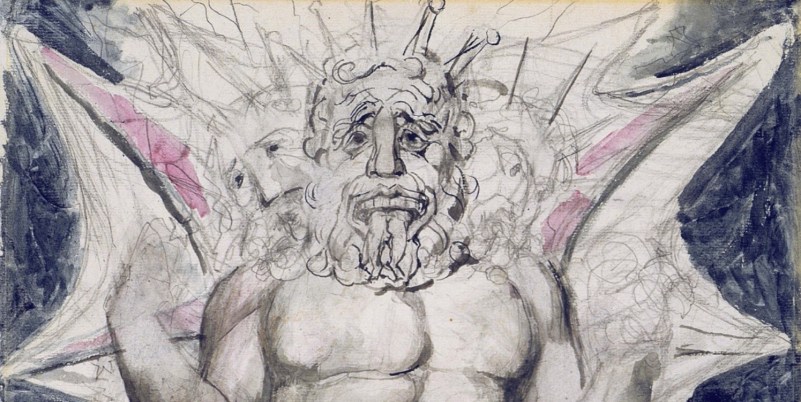
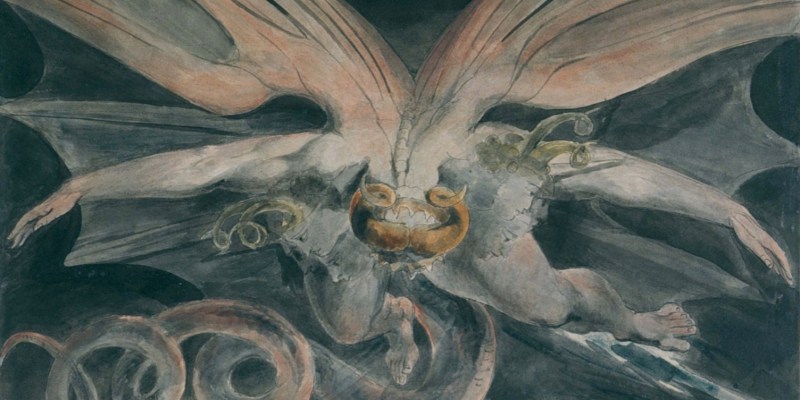
One of the aims of Blake’s work is to encourage integration of the various disconnected aspects of the human brain and body. Under Urizenic (left brain dominant) systems, these often become split off and psychotic – a form of dissociative identity disorder, presented in the Bible, Dante, and Milton as separate-headed ‘demons’ – the compulsive and obsessive nature of processes that are not properly integrated. The cause of this is usually a form of hyper-rationalisation, which McGilchrist and Louis Sass associate both with schizo-phrenia and modern forms of madness.
The Social Hell of William Blake: Industrialisation and Dante’s Hell, by Myat Aung
Exploring the Impact of the Industrial Revolution on Blake’s Illustrations of Dante’s Inferno
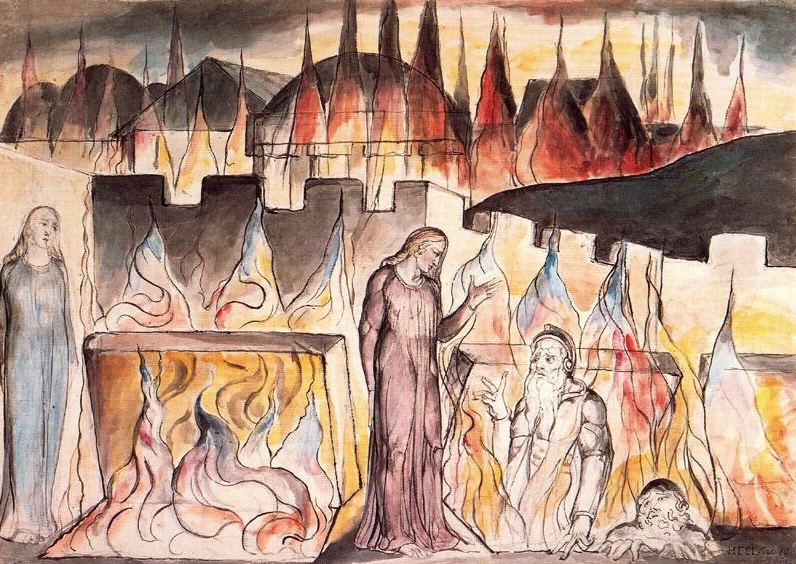

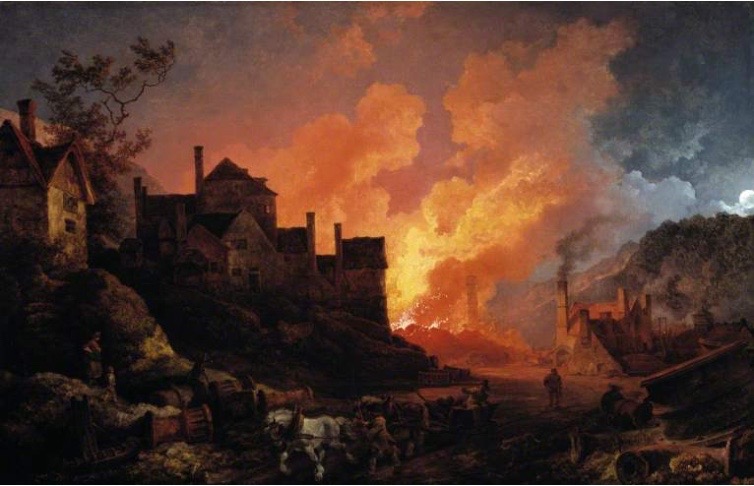
Dark Satanic Mills … Images: (top) Blake’s illustration to Dante’s Inferno, Canto X; (middle): the burning of the Albion Flour Mill on Blackfriars Road, London in 1791. Interestingly, Blake lived very nearby at the time, and the east wind that night would have blown smoke towards his house in Lambeth. The Albion Mill was unpopular and ran several of the local wind-driven mills in Lambeth out of business; (bottom): Coalbrookdale by Night, by Philip James Loutherbourg (1801).
The Left Brain Buddha, by Leonard Shlain
Against Attachment: The anti-body, anti-sex, anti-feminine nature of Buddhist ‘Enlightenment’
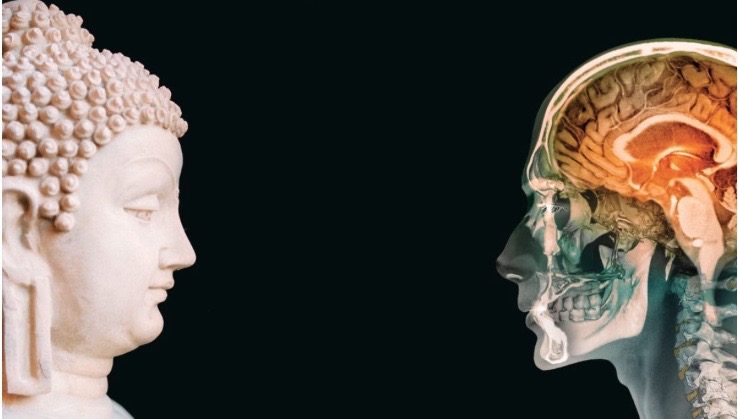
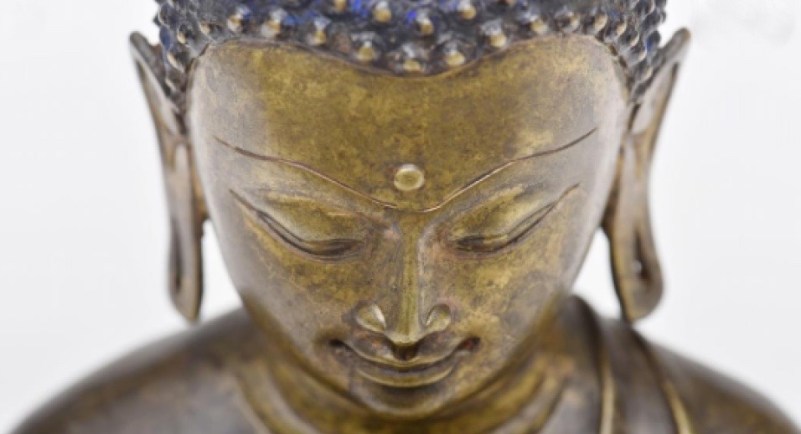

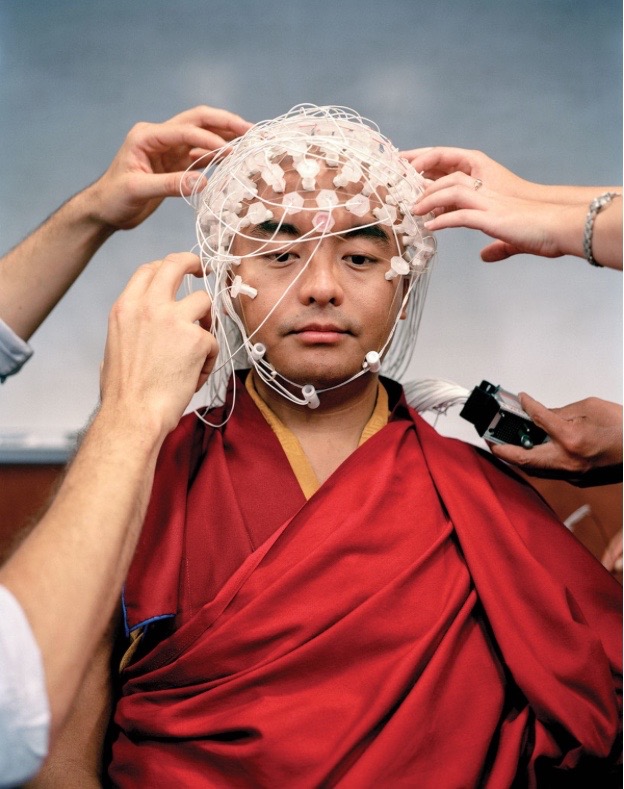
Introduction: The Wheel of Birth/Death
| On ignorance depends karma; On karma depends consciousness; On consciousness depend name and form; On name and form depend the six organs of sense; On the six organs of sense depends contact; On contact depends sensation; On sensation depends desire; On desire depends attachment; On attachment depends existence; On existence depends birth; On birth depend old age and death, sorrow, lamentation, misery, grief, and despair.- The Buddha’s twelvefold concatenation of cause and effect |
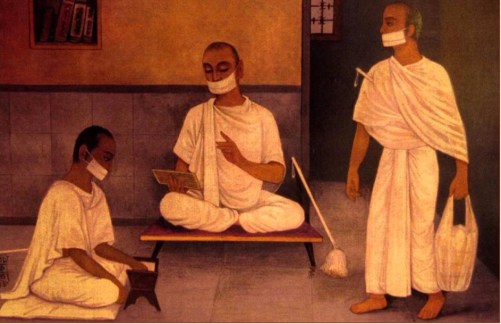
“The Jains were an ascetic sect that advocated the denial of all bodily wants as the highest form of spirituality.” They cover their mouths in order not to inadvertently swallow and kill any small insects and thereby perpetuate their place on this karmic wheel of suffering bodily life.
The sixth century BC saw the rise of rational philosophers, who used withering arguments to discredit Vedic rites and beliefs. Paralleling the surge in logic was the appearance of super-rigorous practices whose aim was to help the individual achieve union with the god-head by bypassing the priesthood. The Jains were an ascetic sect that advocated the denial of all bodily wants as the highest form of spirituality. The more extreme adherents believed it was a triumph to die of starvation.
Despite its austere creed, Jainism gained many followers. Counterbalancing the ascetics was the increasingly popular Bhakti cult, which proclaimed that a communion with the divine could be only achieved through the senses. Worshippers chose a god or goddess upon whom to project their feelings, then used right-brained experiential pathways to achieve a state of ecstasy. Dance, chanting, shouting, and unbridled sexuality accompanied Bhakti rituals.
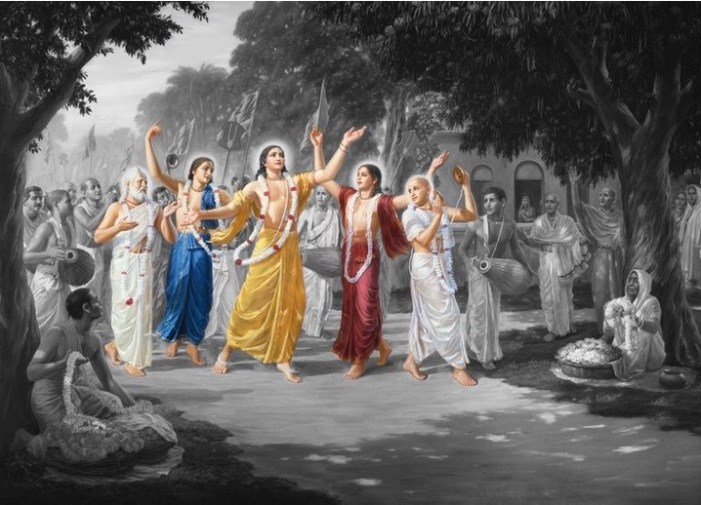
The Bhakti cult, on the other hemisphere, proclaimed that a communion with the divine could be only achieved through the senses.
The hypertrophy of reason that results from the introduction of alphabet literacy inevitably galvanises a countermovement that seeks to exalt the wisdom of the senses. I would suggest that alphabet literacy was the impetus behind Rationalism, Jainism, and Bhakti in India. It also prepared the ground for a new religion – Buddhism.
